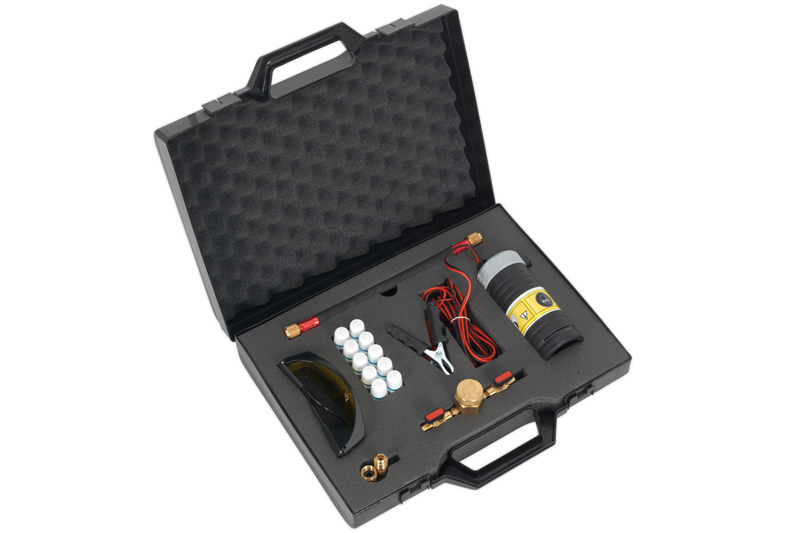
What are the latest rules and regulations for refrigerated environments? Neil Kidby, of Sealey Tools, provides readers with an update.
The need to move goods in a refrigerated environment is a large part of business for many fleet operators, but it can also be a complex area to successfully deliver. Goods ranging from food to flowers to certain medicines and more, all need to be delivered in a temperature controlled transport system. Technology has meant we can now enjoy controlled zones with different temperatures within the same vehicle.
Changing regulations in recent years regarding noise and exhaust emissions have seen a rapid change in the types of system in use. Diesel powered systems are still very prevalent, but CNG, PTO and electric units are now a common sight. Telematics can be employed to monitor the temperature of the goods remotely and even diagnose fault codes within the temperature control system itself. All this technology is very useful in protecting the load and preventing it from becoming spoilt.
Temperature controlled transport has become very reliable with the continuing evolution of technology. Such technology is still continuing to evolve, driven by the demands of the business environment as well as legislation from government to lower emissions from not only power units, but from the refrigerant itself.
 Refrigerants
Refrigerants
For a refrigerant, gas R134a had been used for many years, proving to be an ideal gas due to its efficient cooling and stable properties. Its effect on the ozone layer and subsequent global warming potential is its downside. From January 2017, its use in new vehicle applications was banned by the EU, so a replacement gas had to be found.
Every refrigerant gas has its positives and negatives, so there has to be a balanced solution between the thermal efficiency of the gas and protecting the environment from its effects. The replacement gas for vehicle air conditioning systems is R1234yf, which, whilst still a hydrofluoroolefin, is considered less harmful to the environment. However, it’s expensive in comparison to R134a and is also classed as extremely flammable on its safety data sheet. The EU had originally decided that air conditioning systems must use refrigerant R744, which is essentially CO2 used at very high pressures. The technology has already been developed and tested, but problems were found when used, especially with HGVs.
 Keep on top of maintenance
Keep on top of maintenance
All systems need correct maintenance and occasionally some detective work if a failure or malfunction occurs. The Sealey VS600 Air Conditioning Leak Detection Kit can find leaks in vehicle R134a air conditioning systems very quickly. The 12V ultraviolet lamp and dye injector system can be used in conjunction with any air conditioning recharge/recycle station. The kit includes 10 doses of fluorescing dye and UV enhancing spectacles for use in normal workshop lighting conditions. It also includes are hose adaptors and comprehensive operating instructions. A common leak on vehicles stems from the O-ring seals on the pipe work. Sealey claims its ACOR225 air conditioning rubber O-ring assortment is a cost effective and useful pack to keep in the workshop in order to contain this leak.








